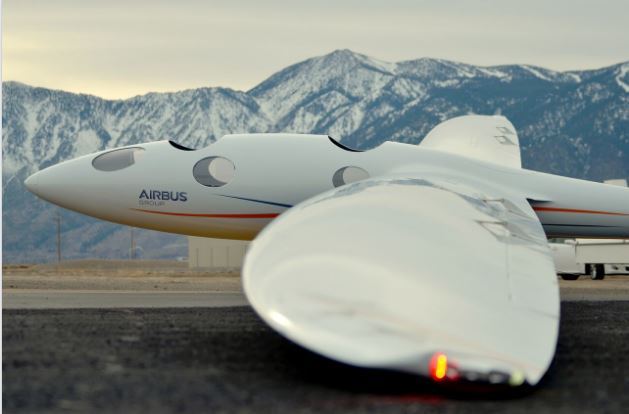Carson Valley’s skies have more merits than just the ability to shift between brilliant hues of blue, orange, red and gold, framing the Carson and Pine Nut mountain ranges against brilliant tapestries.
They’re frequently populated with majestic raptors, for example – to such an extent that local photographers make an annual habit out of capturing eagles, hawks, owls and all their respective offspring with their camera lenses.
By night, those same skies are home to a crisp, clear nocturnal window looking out into the constellations, with moonbeams alighting in return to illuminate the Valley floor.
And the clouds. How does one begin to describe the clouds? Floating across the skyscape, constantly woven, shorn and sculpted by powerful unseen forces, filtering both sun and moon to shade, highlight and color the high desert backcountry below.
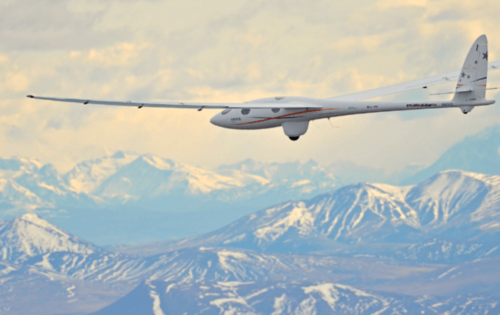
And in that, those unseen forces have a draw of their own. The Valley has long been a haven for the global aviation community – particularly for glider pilots, whom for many years have enjoyed the benefits of soaring the “Sierra Wave. Indeed, the phenomenon of winds cresting the Sierra ridges, diving toward the region’s valleys, and then rocketing skyward before plunging once again creates a literal playground for glider pilots. Those conditions have helped Minden earn the label of the Mountain Wave Capital of North America.
For the past several years, a group of scientists, aviators, meteorologists, climatologists, and enthusiasts – all volunteers — have been working away at pushing the edges of the envelope of those capabilities with the Airbus Perlan Mission II project.
The mission itself is explained simply enough: To send an engine-less glider to the very edge of space. The road there has been considerably more involved.
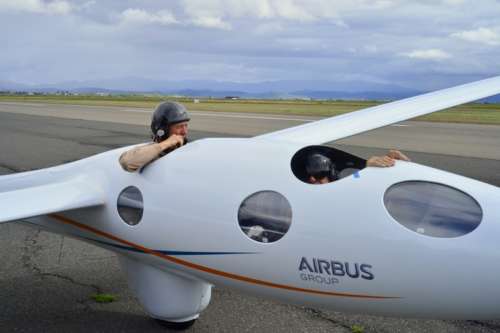
Perlan 2 designers have described the build of the aircraft as a bundle of compromises – trying to take the most efficient facets of low- and high-altitude flying to construct a vehicle that can perform efficiently at 50,000 feet while bridging the extremes between sea level and 90,000 feet.
They had to construct a plane with a pressurized cabin capable of carrying two pilots, life support, cameras, instrumentation and lighting, scientific instruments and two parachutes, all weighing no more than a Volkswagen bug.
The Dennis Tito Perlan 2 Hangar opened in December 2015 at the Minden-Tahoe Airport, marking the start of a critical test flight phase for the program. Tito, who gained fame in 2001 when he became the world’s first “space tourist” as a private, paying traveler to the International Space Station, began leasing land on the west side of the airport in 2014 to build a 5,500-square-foot hangar and 3,520-square-foot ramp area.
Tito built the hangar to house the Perlan 2 glider and its sweeping 84-foot wingspan while crews tested and made preparations to aim for record-breaking flight trajectories nearing 90,000 feet in Argentina. Along the way, the team’s hope is to gather data they hope will help in the study of high-altitude flight, weather and climate change.
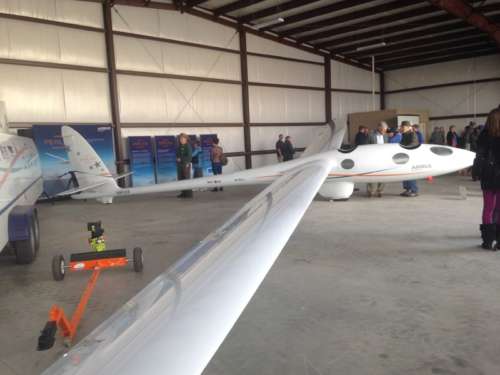
To reach such lofty altitudes, the crew must seek out elusive “stratospheric mountain waves” which only occur a few weeks out of the year in a few places on the planet, such as Patagonia in Argentina. Crews reached a height of more than 30,615 feet during test flights in Perlan 2’s first season in Argentina, staying airborne for more than five hours during a single flight.
The team returned to Carson Valley in April of 2017 to continue testing. They upgraded several systems while in Minden and eventually stair-stepped up to flights at 31,000 feet. Findings during that series of test flights suggested flights at 40,000 feet were attainable. “This past year, our team gained invaluable insight and experience from flying the glider in and around the Andes Mountains,” said Ed Warnock, CEO of the Perlan Project.
Officials say the entire process is helping to advance the areas of aerodynamic advancement, meteorological research, and aeronautical exploration. The future of the project includes a Perlan 3 phase, which will target flight at 100,000 feet.
The Perlan 2 glider was packed up and shipped back out to South America in mid-May. It is expected to return to the Argentinian skies in July. It’s journey upward will continue to unfold in methodological stair steps in t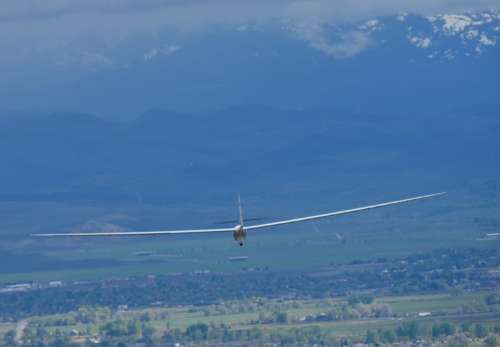 he coming months and years.
he coming months and years.
For more information on the Perlan project, visit www.perlanproject.org.
Story by Michael Palledorous, a noted campfire storyteller, an avid swimmer, and a hapless backyard second baseman.



